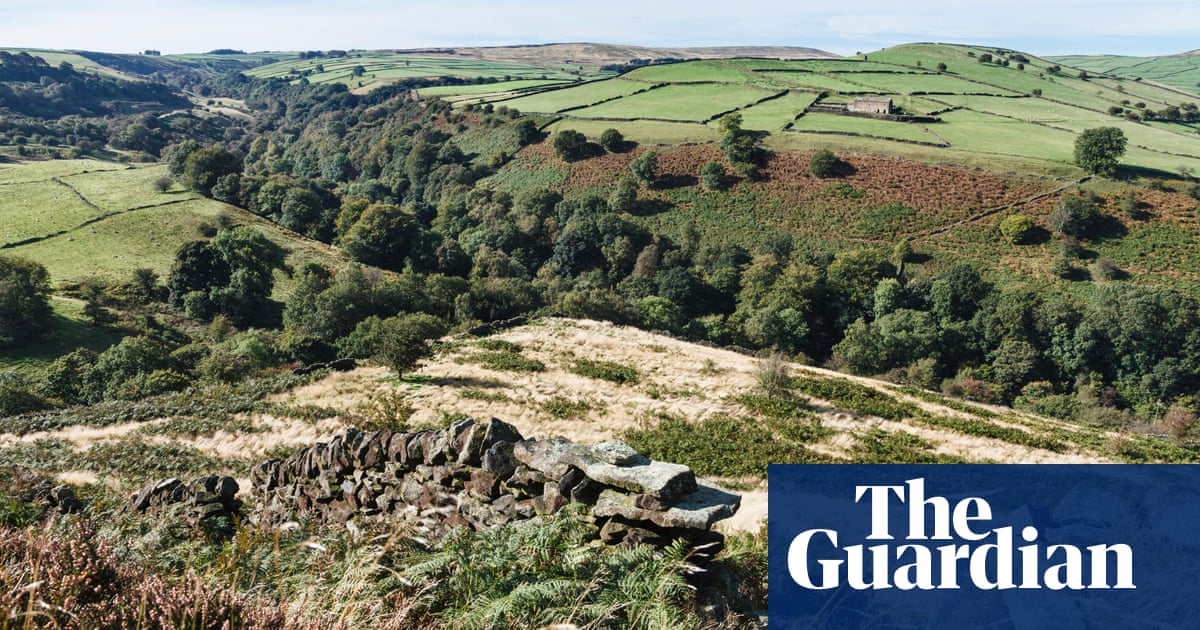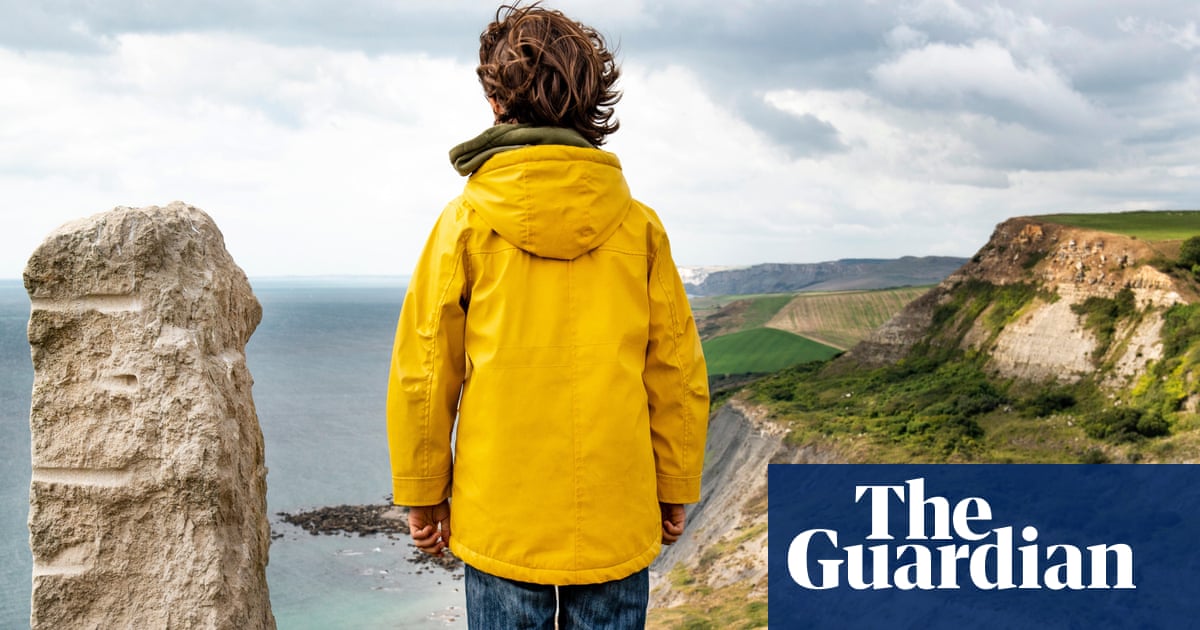
Walk along Watchet’s harbour front and you’d be forgiven for thinking a jumble of colourful containers had been blown in off the sea by a particularly severe storm. But this bizarre, piratical encampment featuring a candy-striped triangular roof and boxes on stilts is actually the new East Quay arts centre, a community-driven project whose origins are as unlikely as the form of the building itself. Where once a development of luxury seaside flats was proposed, a group of local women have instead created a remarkable complex of galleries and studios, with a restaurant, classroom, geology workshop, print studio and paper mill – as well as some quirky holiday rentals to boot.
“We wanted to change the sense that there are no opportunities here,” says Georgie Grant of the Onion Collective, the community interest company behind the £7m project. “Rather than see the usual kind of commercial development that has no community benefit, we wanted to empower people to shape the place themselves.”
Since Watchet’s working harbour closed in the 1990s, seeing mass job losses, it has been struggling to recover. A marina opened in 2001 to try to boost the economy, but the closure of the local paper mill in 2015 took a fifth of the town’s jobs with it. The area now has the lowest social mobility in England, with around 25% of young people going to university, compared with 50% nationally.
When plans for a big mixed-use development on the harbour front by Urban Splash were scuppered by the 2008 financial crisis, Grant and her gang of fellow young parents saw their chance to do something different.
“It began with cider,” says Jess Prendergrast, recalling how the women’s Thursday evening pub nights turned into plotting how to take over the site for something more useful. “We realised there were a lot of people like us in Watchet – overqualified and underemployed, who’d had successful careers in London and then moved to the coast to have kids. If we pooled our energies we could do something for the better of the town.”
Prendergrast and her sister Naomi Griffith, who grew up at a nearby zoo, Tropiquaria, joined forces with Grant and another friend Rachel Kelly in 2012 to form the Onion Collective – so-named for the vegetable’s many layers, and its rural, earthy connotations. (The group has also been known to make grown men cry). With backgrounds in economic consultancy, marketing and TV production, they made for a formidable team, since joined by others with experience in arts education, tourism and sustainable development. Now numbering 22, they fund their endeavours through consultancy work, helping other communities and councils around the country realise their plans.
After conducting town-wide consultations in 2013, and convincing the council to give their alternative plan a go, they raised money for a feasibility study and secured a whopping £5.3m from the government’s Coastal Communities Fund, the largest such grant awarded.
“I thought they would only raise enough money to build the concrete plinth,” says Piers Taylor of Invisible Studio, the architect who has been working with the group since 2014 to shape their vision, with Ellis Williams as executive architects. “We designed it as a robust base that could then see these different pavilions added on top over the next 10 years.” In the end, they secured enough cash to build it all at once.
The result is an enchanting place that feels as if it has evolved and been added to over time. Walking between the studio pavilions and accommodation pods, placed at jaunty angles on the concrete deck, feels like exploring a mini container ship, with rooms and cabins bolted on higgledy-piggledy. Taylor says the design was inspired by the surrounding nautical flotsam, as well as the railway signal boxes that punctuate the coastal train line – corrugated tin sheds on stilts, painted cheery colours. There are shades of Frank Gehry’s early work, too, with off-the-peg materials thrown together in an anarchic seaside bricolage.
It makes a fittingly eclectic setting for the wide range of activities going on inside. There are sculptors and jewellery makers, photographers and furniture designers, all of whom now have a public-facing shop window to their studios for the first time.
“The response has been phenomenal,” says sculptor Melanie Deegan, as she fiddles with a wiry armature. “It’s so much more inviting than the space I had before. People just come in and buy stuff.” Upstairs, photographer Glyn Jarrett arranges props for a cookware shoot in his studio. “It’s amazing being in this creative environment with so many clever people,” he says. “I’m hoping some of the talent might rub off.”
Down below, Andy King and Jamie Foster of geological consultancy Geckoella put the finishing touches to their new workshop, where rocks and fossils will be examined and prepared in public view. Next door, the team at Two Rivers Paper mix a soupy cauldron of cotton fibres before scooping it into moulds and leaving the sheets to dry on large racks – the process behind some of the finest watercolour paper in the world visible to the public through a big picture window.
Across the courtyard, where restaurant tables spill out between a pair of shipping container studios, stands the art gallery, where two shows by Neville Gabie and Suzanne Lacy explore issues of identity and community. The ambition goes beyond your usual seaside gallery fare, with a solo show by Bedwyr Williams in the works for next year. The architects have created inviting spaces, with raw expanses of earthy pink concrete – the (partly accidental) result of using local red sandstone aggregate.
While Invisible Studio and Ellis Williams were responsible for the overall project, the Onions commissioned young practice Pearce+Fægen to design the “anti-classroom” education space and the inventive accommodation pods. Working with local school groups, they have concocted a playful learning landscape, with a multilevelled platform structure that allows kids to work in, on and under a stepped frame, or balance on a range of inflatable fabric balls that hang from the wall. It’s a suitably experimental setting for everything from after-school clubs to elderly dementia groups.
For the accommodation pods, meanwhile, they have let their Airbnb interior imaginations run riot, creating five themed holiday rentals that will subsidise the centre’s educational activities. One sees a cargo net suspended above a living area from a bedroom mezzanine, for vertiginous aerial lounging, while another has scenes from local myths and legends etched into its plywood walls – including the fearsome Gurt Wurm, the sheep-eating dragon of the Quantock Hills. One pod will be left blank, conceived as a continually evolving artwork, customised every few months by resident artists, while another will give sailors a surprise, featuring an exhibitionists’ bathtub in a big window facing out over the ocean.
You might think that managing a capital project like this over the last eight years, juggling budgets and builders in the middle of a pandemic, would put the Onions off ever doing something like it again. But they’re already plotting their next scheme.
“We really want to build an ‘imaginarium’,” says Prendergrast. The word conjures images of a coastal Millennium Dome, filled with vapid platitudes, before Grant explains. “Every town should have a temple of imagination,” she says, “a place where you can go to imagine what you want the area to be like.” “We’re all stuck in who and what we think we are, but we should be able to imagine different possibilities.”
As this indomitable collective has shown, if you want to change the place you live in, with a bit of vision and a lot of patience, it is eminently possible to get on and do it yourselves.












